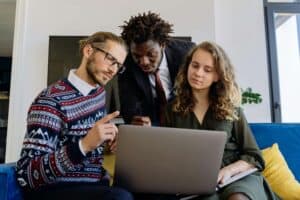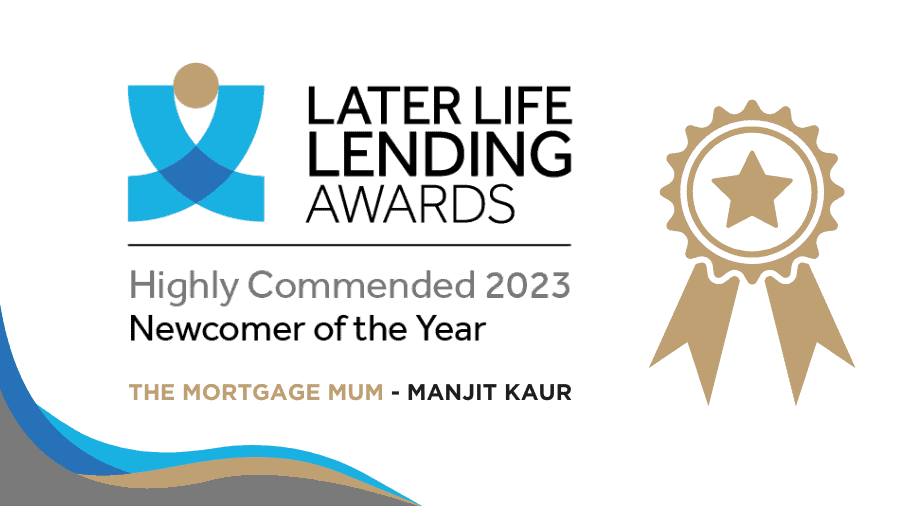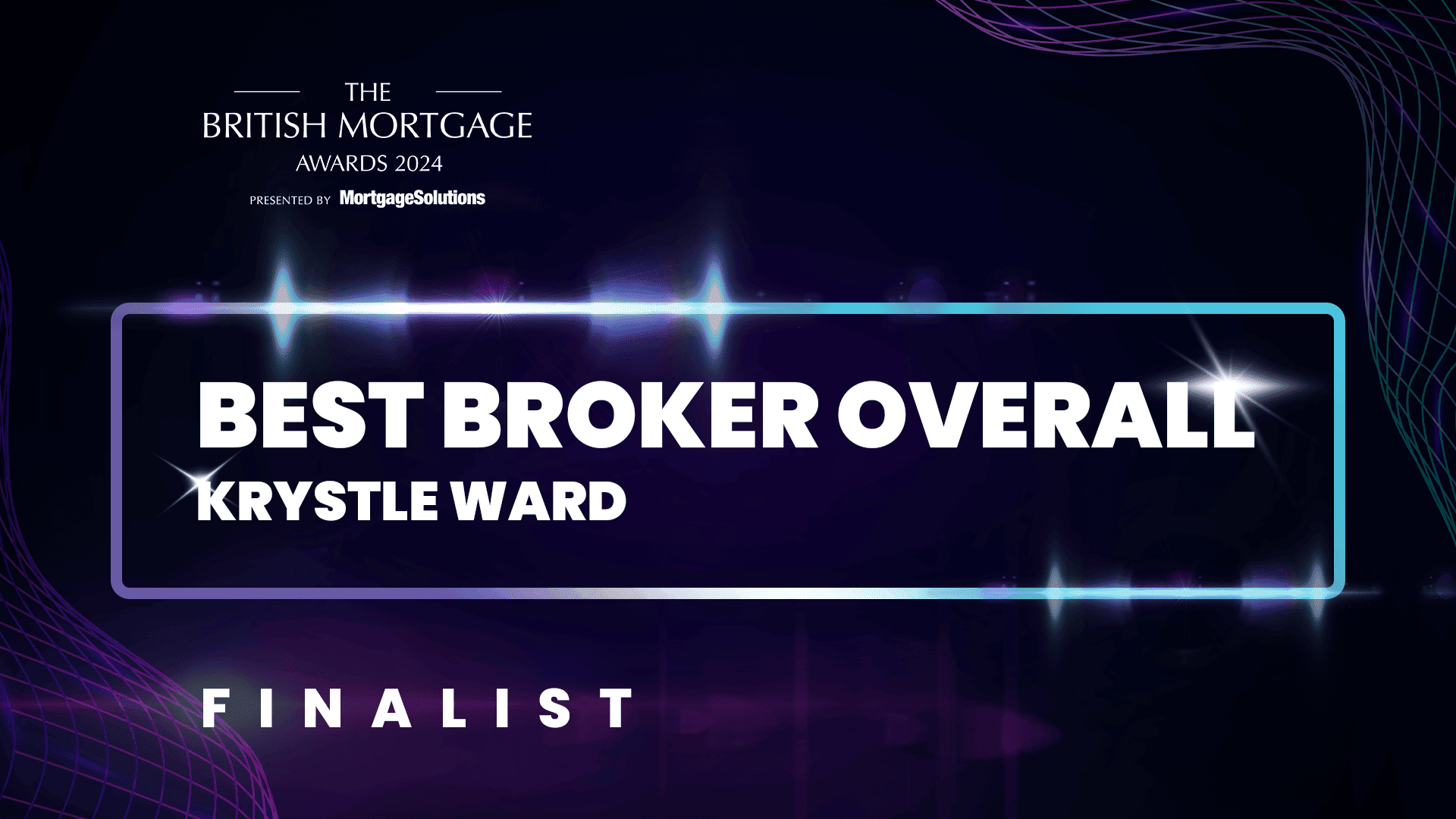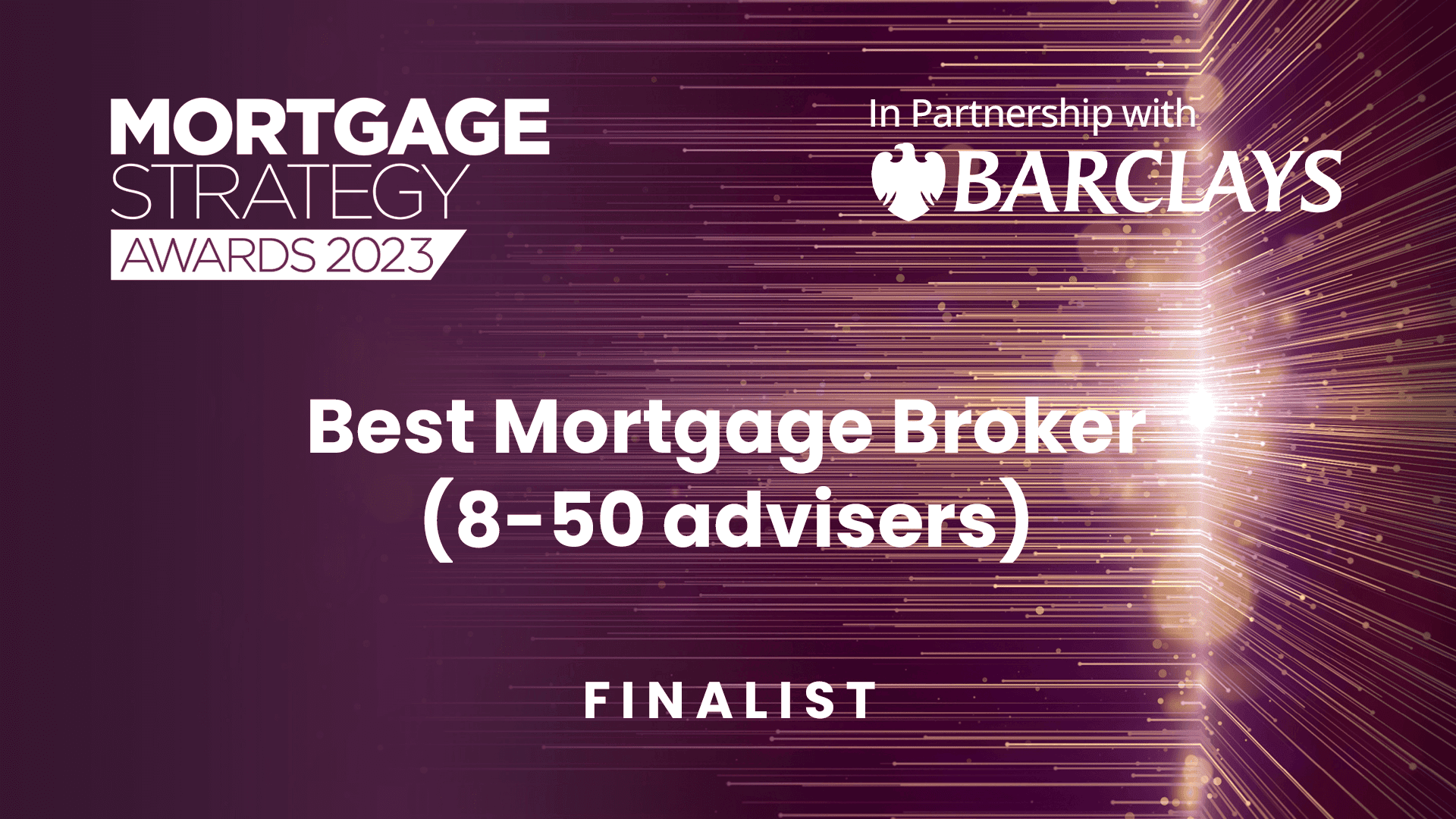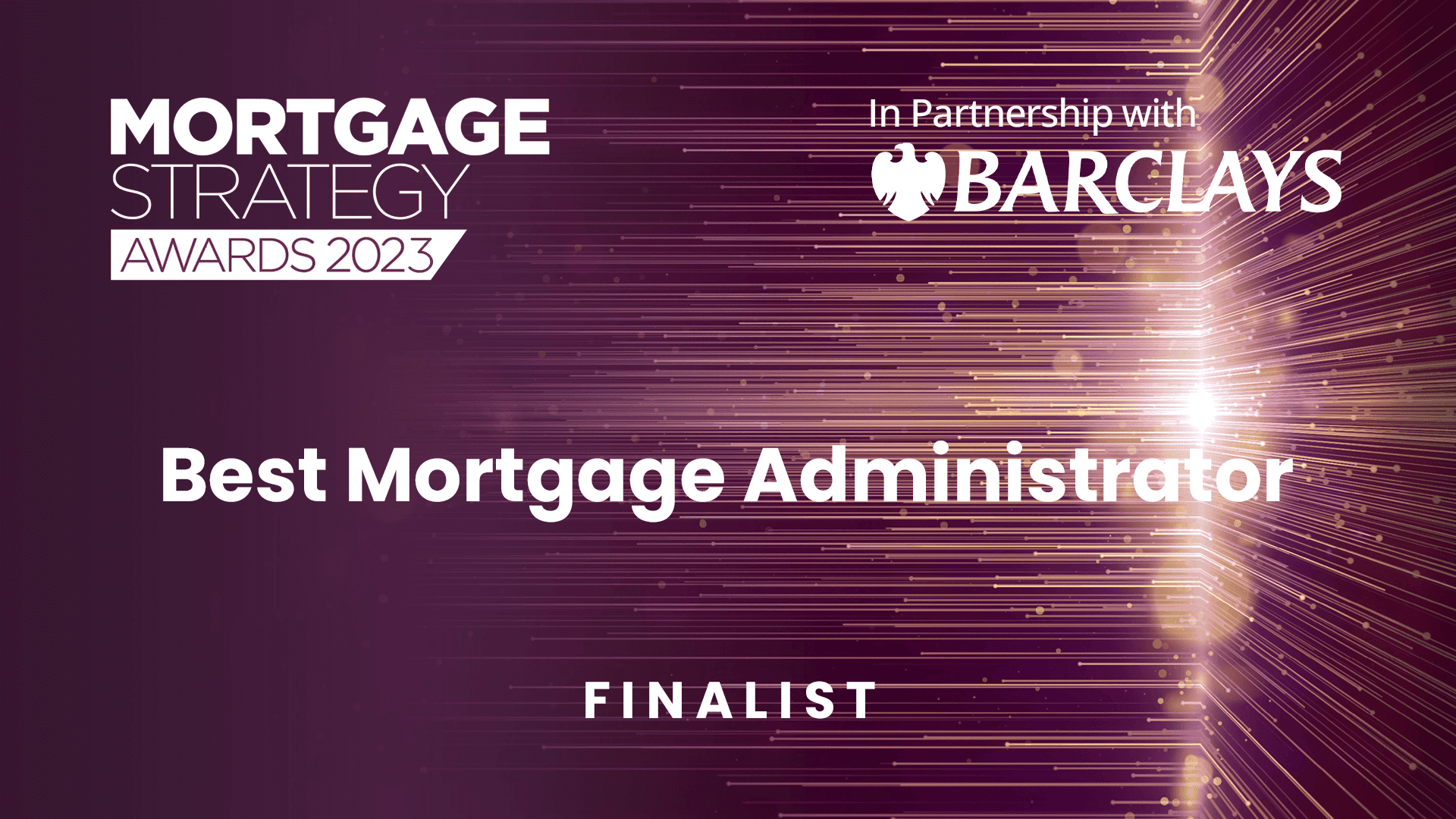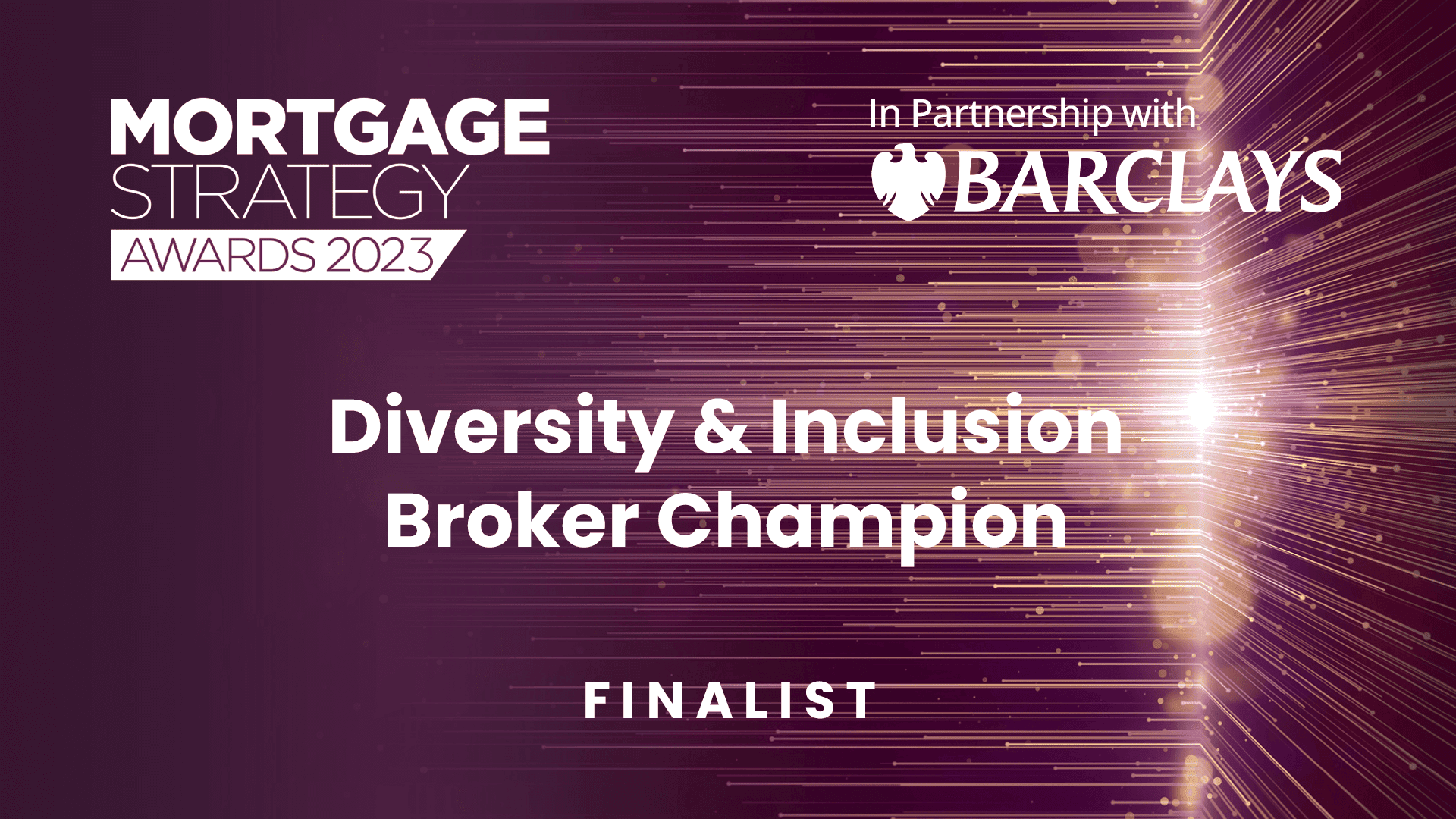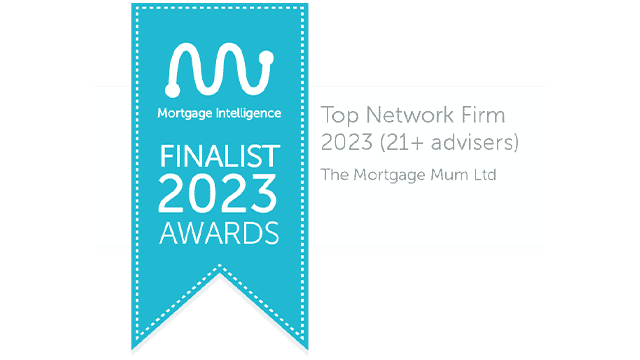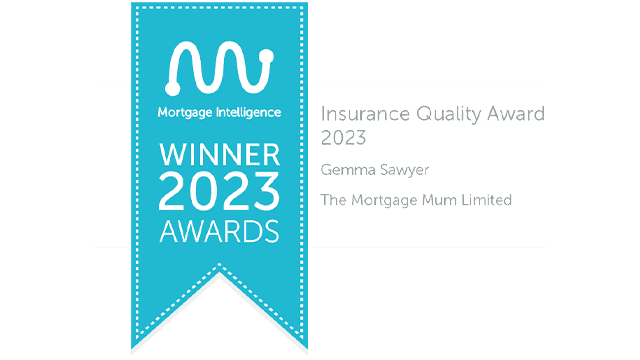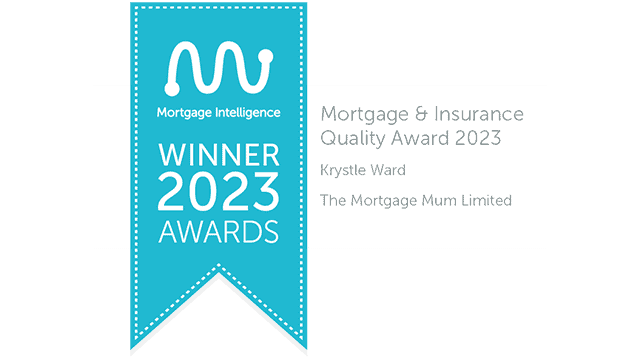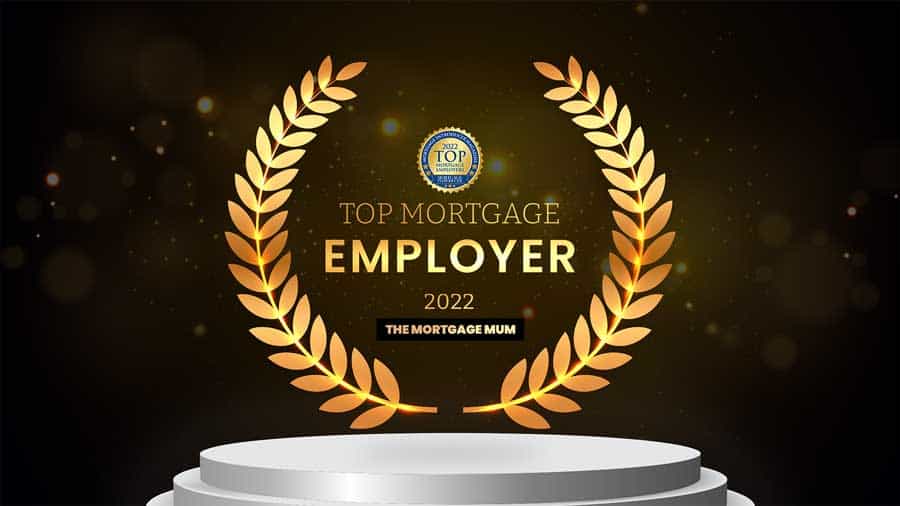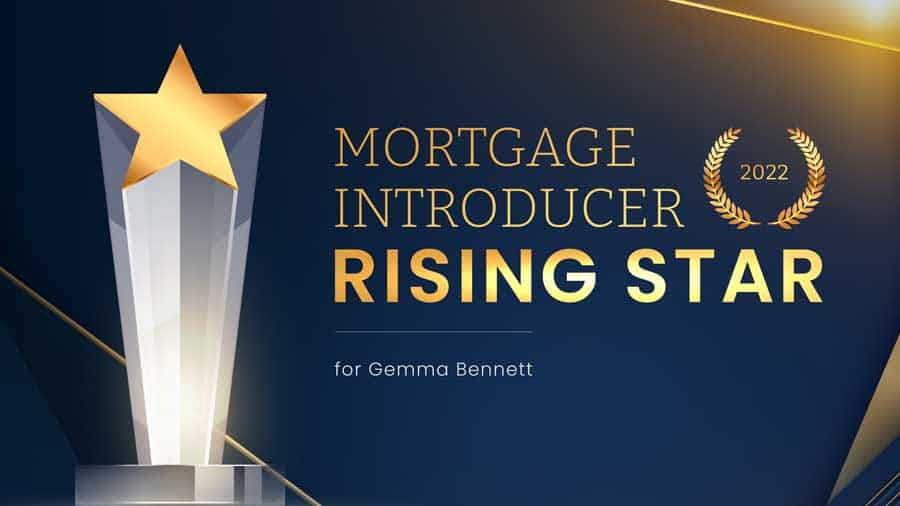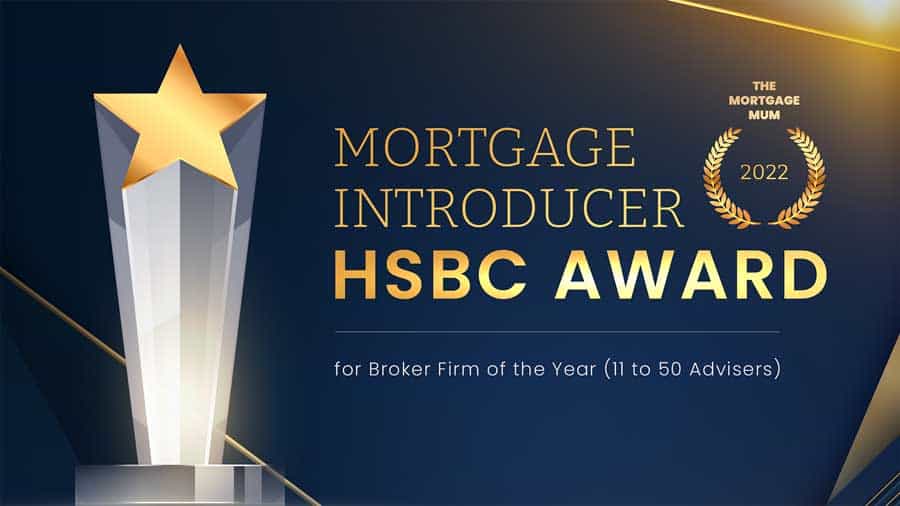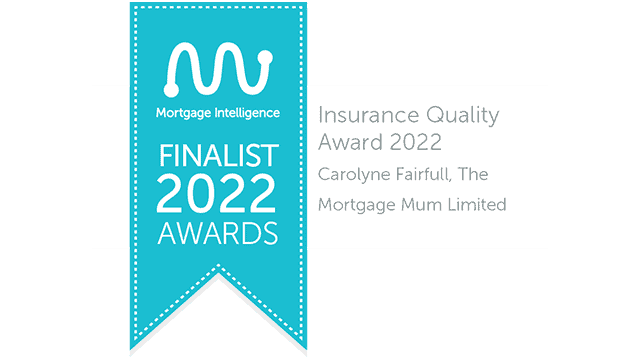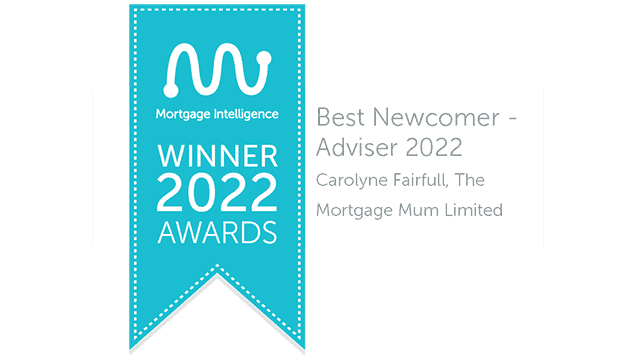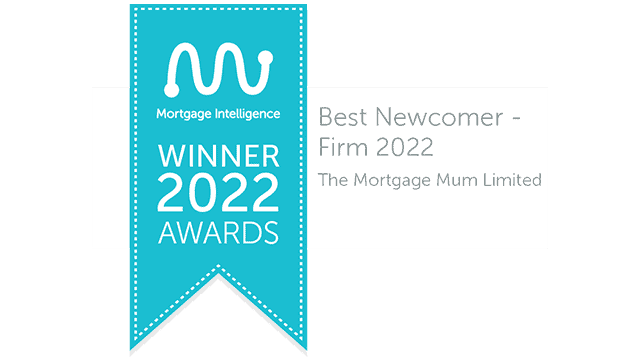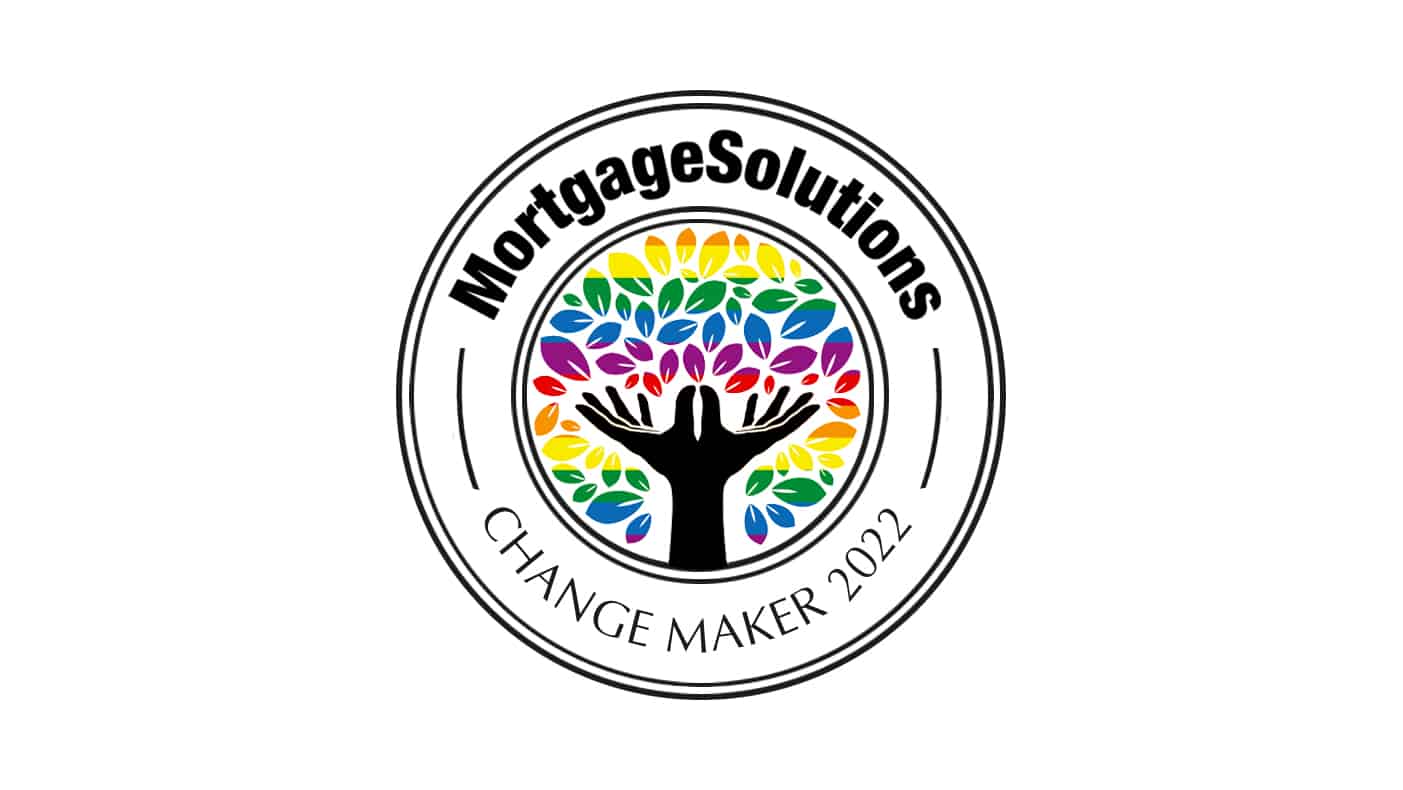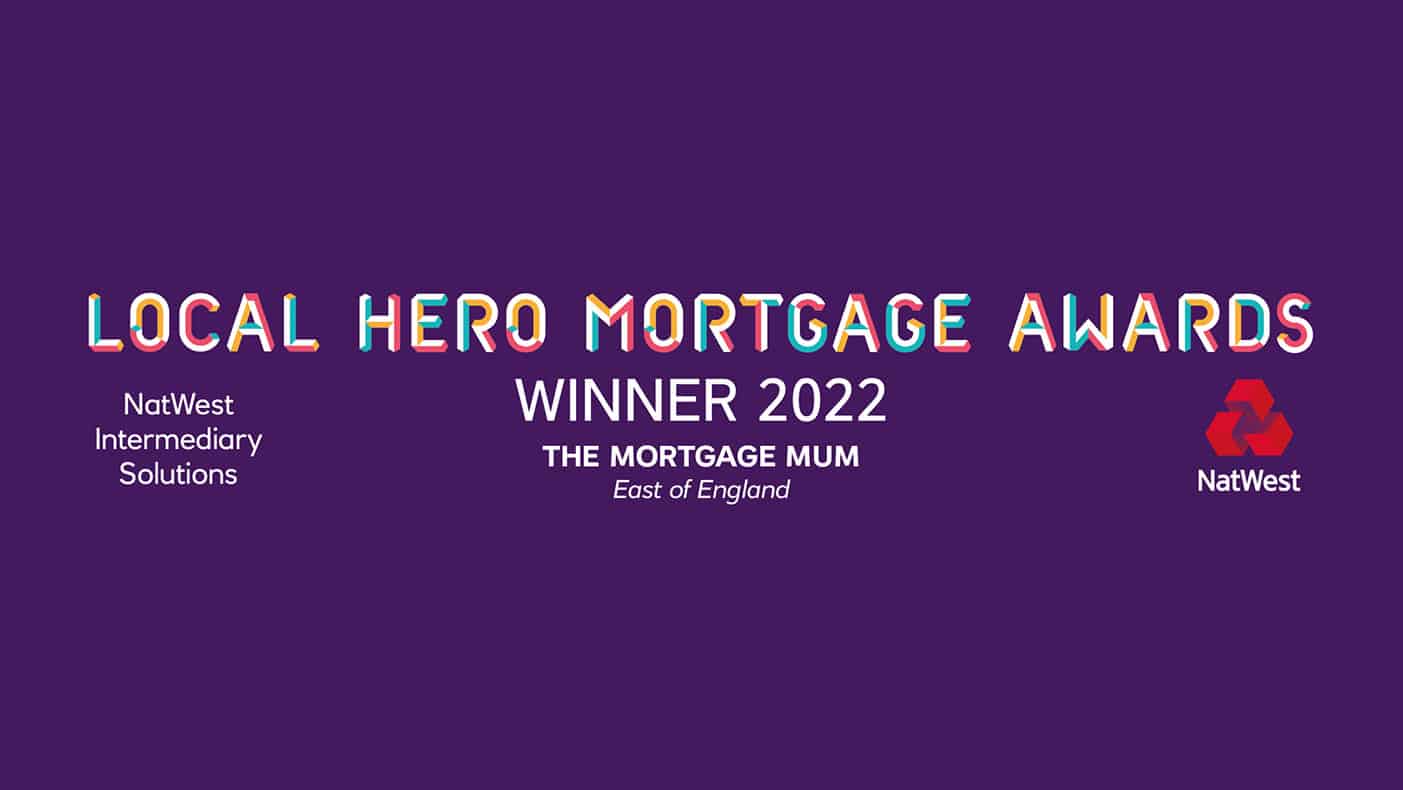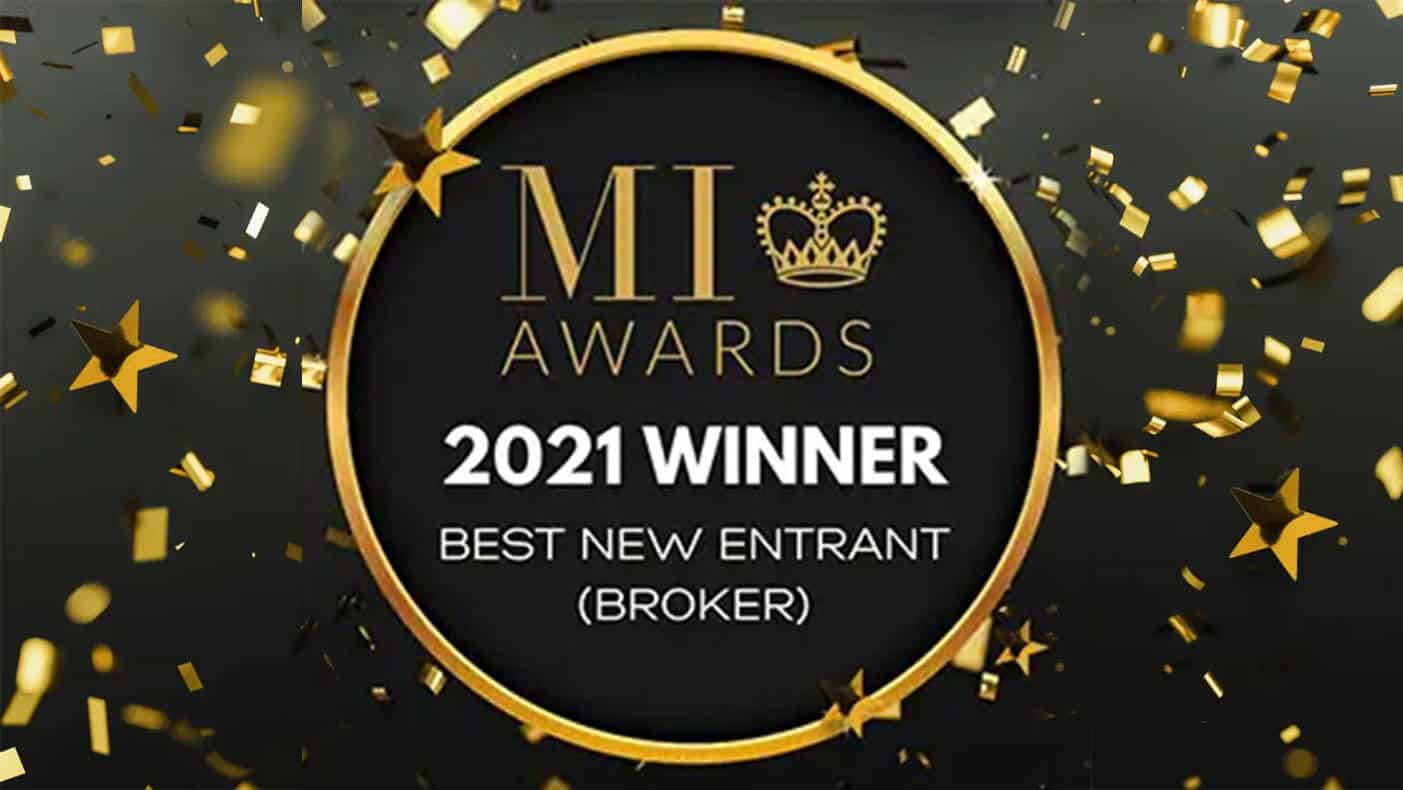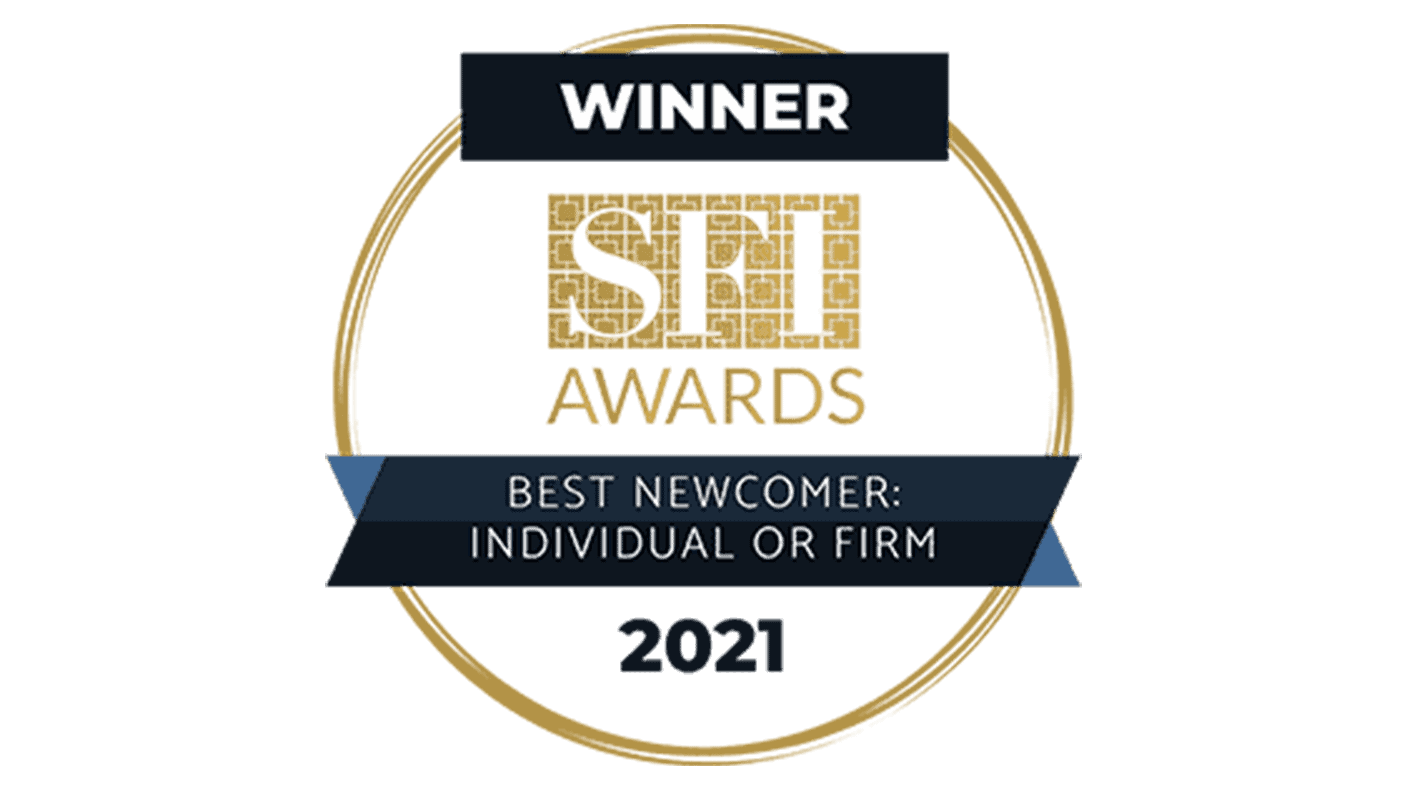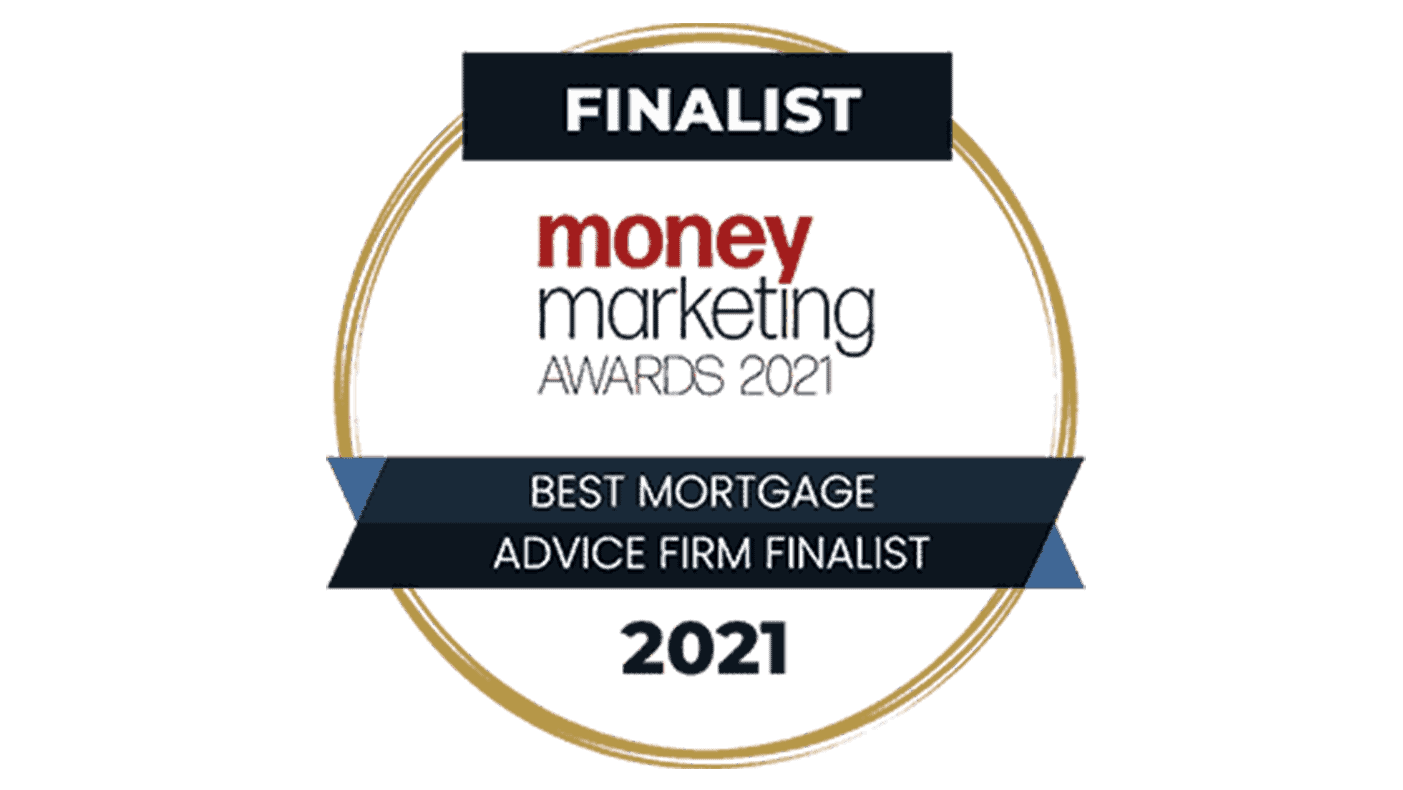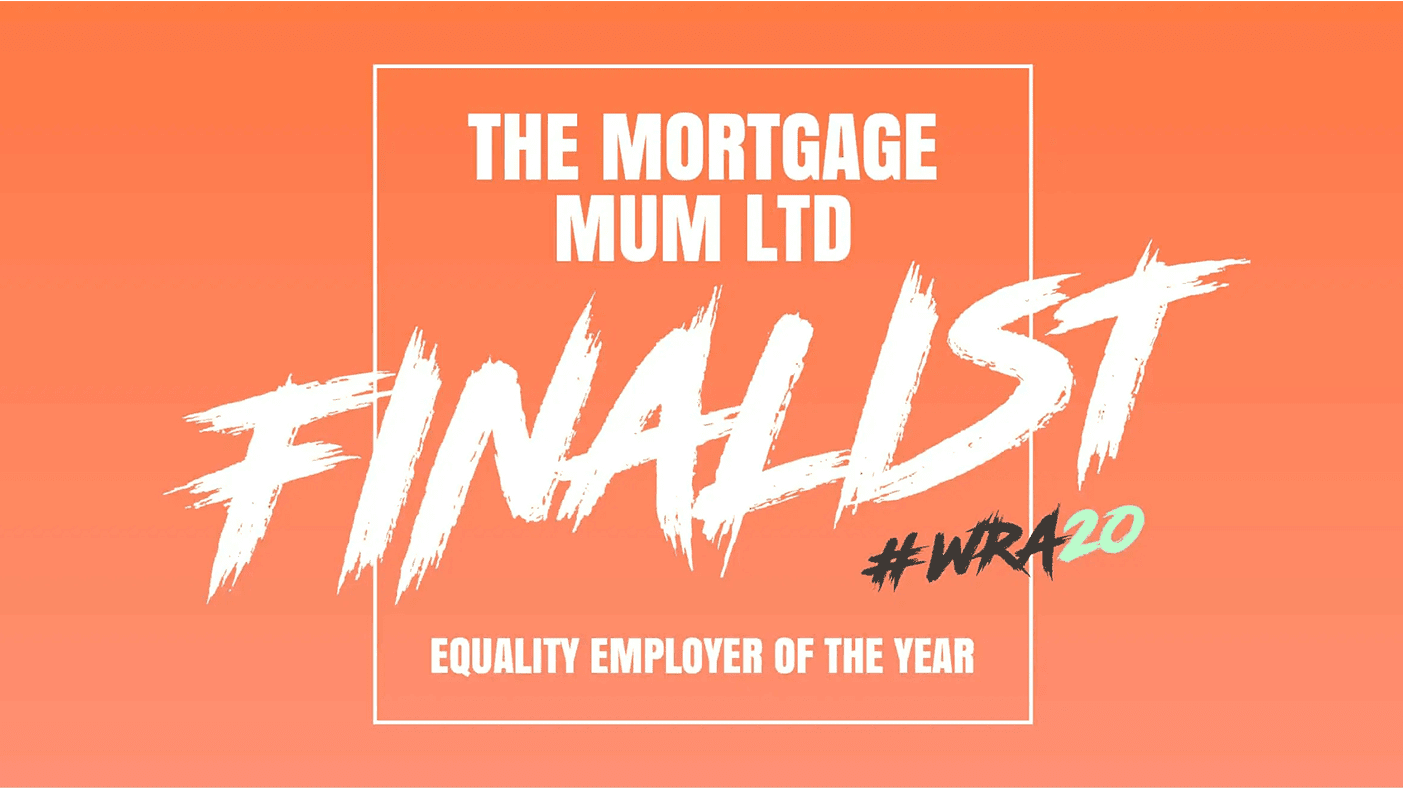I’m asked a lot of questions about non-standard construction properties and mortgages. People often want to know if it’s a bad idea to buy a non-standard construction home – and is it harder to get a mortgage? And where do you stand with buying a barn conversion?
Read on, or listen to our new episode from The Mortgage Mum podcast is out now on all major podcast directories including Apple and Spotify.
What do mortgage lenders class as non-standard construction?
A non-standard construction house is built from materials that, unsurprisingly, don’t conform to the standard definition. A standard property is built out of brick or stone walls with a roof made of slate or tile. Anything else is considered non-standard construction.
Today more and more properties are considered non-standard construction. These are both new builds and also older, especially wartime properties. Every lender has different criteria and rules regarding the types of property they’re happy to lend on.
Should I avoid a non-standard construction home?
The great news is that various lenders are happy to give you a mortgage on a non-standard construction property. So don’t be put off. There are a few factors involved and some things to be aware of, but generally, it’s straightforward to get a mortgage on a non-standard construction property.
What are the features of a non-standard construction property?
Typical examples of non-standard construction are properties with a thatched roof or flat roofs, listed buildings, flood risk properties, unusual construction properties, prefabricated concrete houses, and timber frame properties.
The reason why properties are classed as standard and non-standard is to help lenders consider their risk. As a general rule, non-standard properties are considered riskier.
What are PRC houses?
PRC stands for Precast Reinforced Concrete – which is a common example of a non-standard construction house. They are also called Airey houses, Cornish houses, Laing Easi-Form, Wimpey No-Fines… there are lots of different names and types.
Reinforced concrete houses helped provide housing for lots of people after WWII in desirable locations outside the big cities. Concrete was cost-effective, lightweight, hard wearing, and fireproof.
But 20 to 30 years on, it became clear that these concrete houses were not ageing well. The steel supports were corroding and concrete blocks were becoming cracked, prompting mortgage lenders to stop offering mortgages on these properties. Today, there are ways to repair these properties and make them acceptable to a mortgage lender, via a PRC certificate. You will need professional advice and a structural engineer for this.
How do I go about buying a non-standard property?
If you like the look of a non-standard home it’s a really good idea to get a Homebuyers Report done or a full Structural Survey so that you understand what you’re getting and that you’re happy.
The lender will get a valuation done and advise you if there are any issues. Your solicitor will also do searches on the property to check for major problems, so you are well covered.
What happens if you get a Zero Valuation from a lender?
It seems baffling to get a zero valuation from a mortgage lender- but what it means is there’s something they’re not happy with. We recently experienced this with a client buying a thatched cottage. The roof needed fixing and the lender wouldn’t accept the property unless the work was done.
We managed to get the decision overturned by putting forward a really good case for our client.
Can I get a mortgage on a timber framed property?
There are more than 200 varieties of timber frame properties on the market, so it’s difficult to talk about them in any depth. Again, the details will come down to your survey. You might find that a lender wants a damp and timber survey on the property. Lenders are often interested in the exterior of a timber-framed building, preferring an exterior that’s predominantly brick or stone.
An exterior that’s more brittle, like metal sheet or plastic can make it harder. You should get a mortgage, but it comes down to finding the right lender.
Are steel-framed homes mortgageable?
Steel-framed homes are another type of non-standard construction and, yes, they are mortgageable. Lenders will often want to see a structural engineer’s report to check the frame.
So there’s a clear trend here. Every non-standard construction mortgage is dependent on the survey. If you don’t know much about surveys and how they work, listen to our recent interview with Colin Horton.
Is it OK to buy a barn conversion?
Barn conversions aren’t for everyone but they can be beautiful. With high ceilings, big entrances, open plan areas, you can make them super contemporary.
People ask if barns hold their value – and they do, like any other property. The main difference is that they can cost a lot more to build – often because of listed building requirements and the use of specific materials. So you might not fully recover your costs if you resell. But if you don’t plan on selling for a long time it can be well worth it.
Speak to an expert
We will work at times that suit you and your family, carrying out appointments via video call, telephone or email, giving you the benefit of first class service, around your own schedule, and in the comfort of your own home. So let us handle your mortgage today and find out how well we can look after you, The Mortgage Mum way!
Can I get a mortgage on a barn conversion?
Yes, although the loan-to-value may be restricted. One high street lender offers at 80 percent loan-to-value for a barn conversion.
People often ask if they are classed as a new build – which depends on the date of conversion.
How do you tell if a house is prefabricated/has cladding/has render?
Your estate agent should be able to tell you if it’s non-standard construction – you can often tell houses from a certain era. Plus, prefabricated houses are quite easy to identify.
Often it will be stated on the property details if it’s non-standard construction. But generally, you need to rely on the survey to get the detail.
Can a Mortgage Broker help with a non-standard construction mortgage?
It’s a great idea to talk to a Mortgage Broker right at the start of your property journey so we can be involved at every step. Getting a non-standard construction mortgage does involve more research, but we don’t charge anything extra.
The mortgage you need will be largely down to the property in question because there are so many different types, lenders, and criteria.
If you would like support with your mortgage or insurance, contact us online – we would love to help you.


